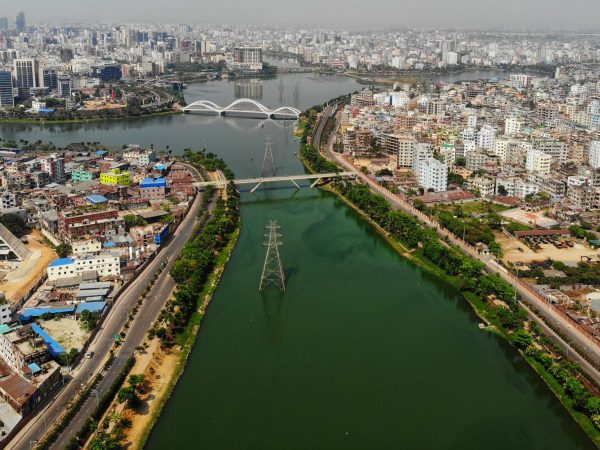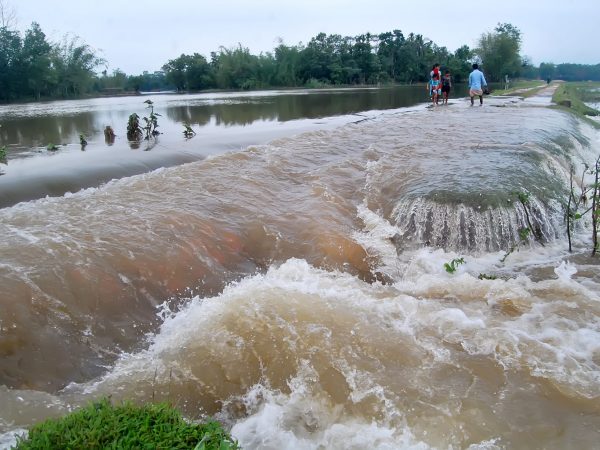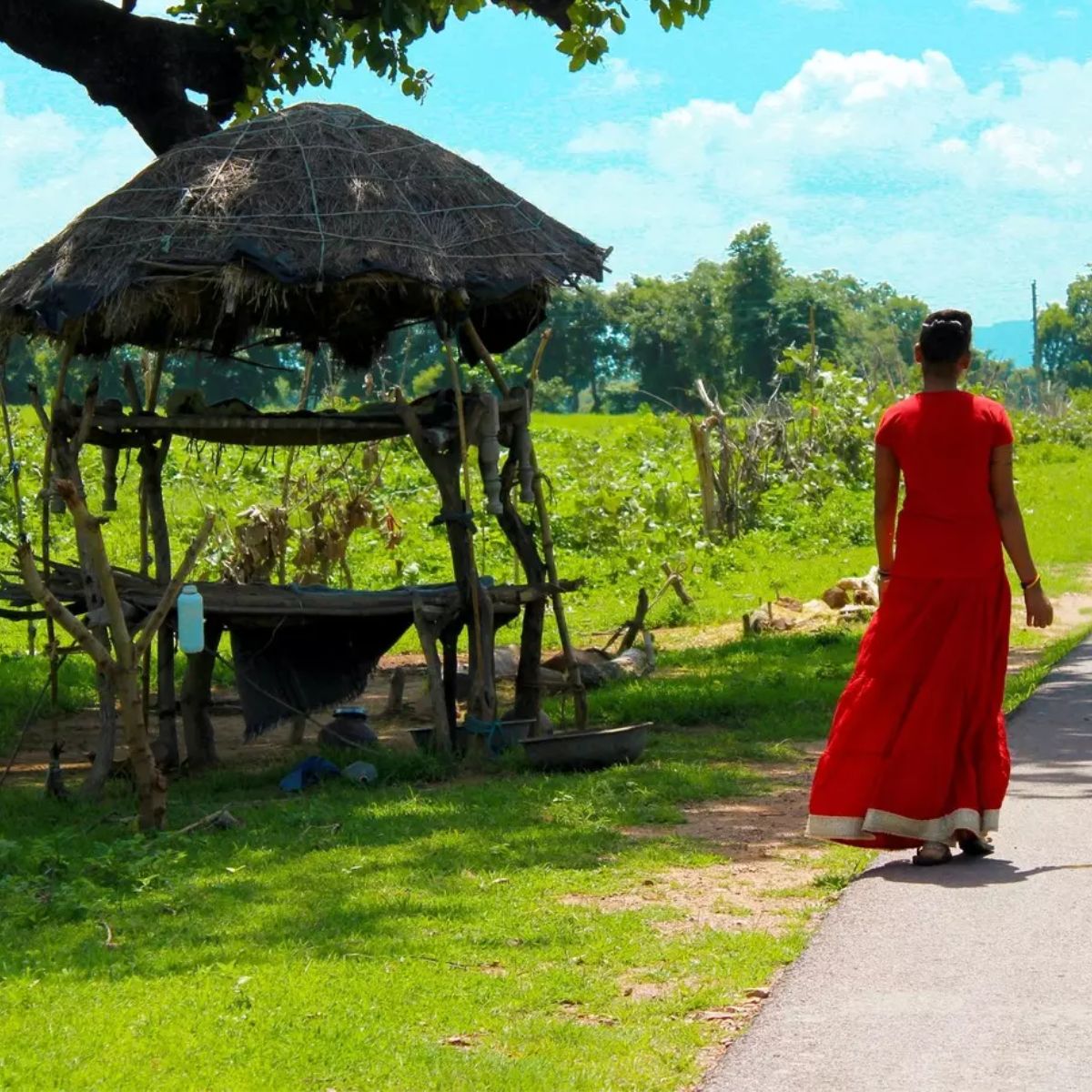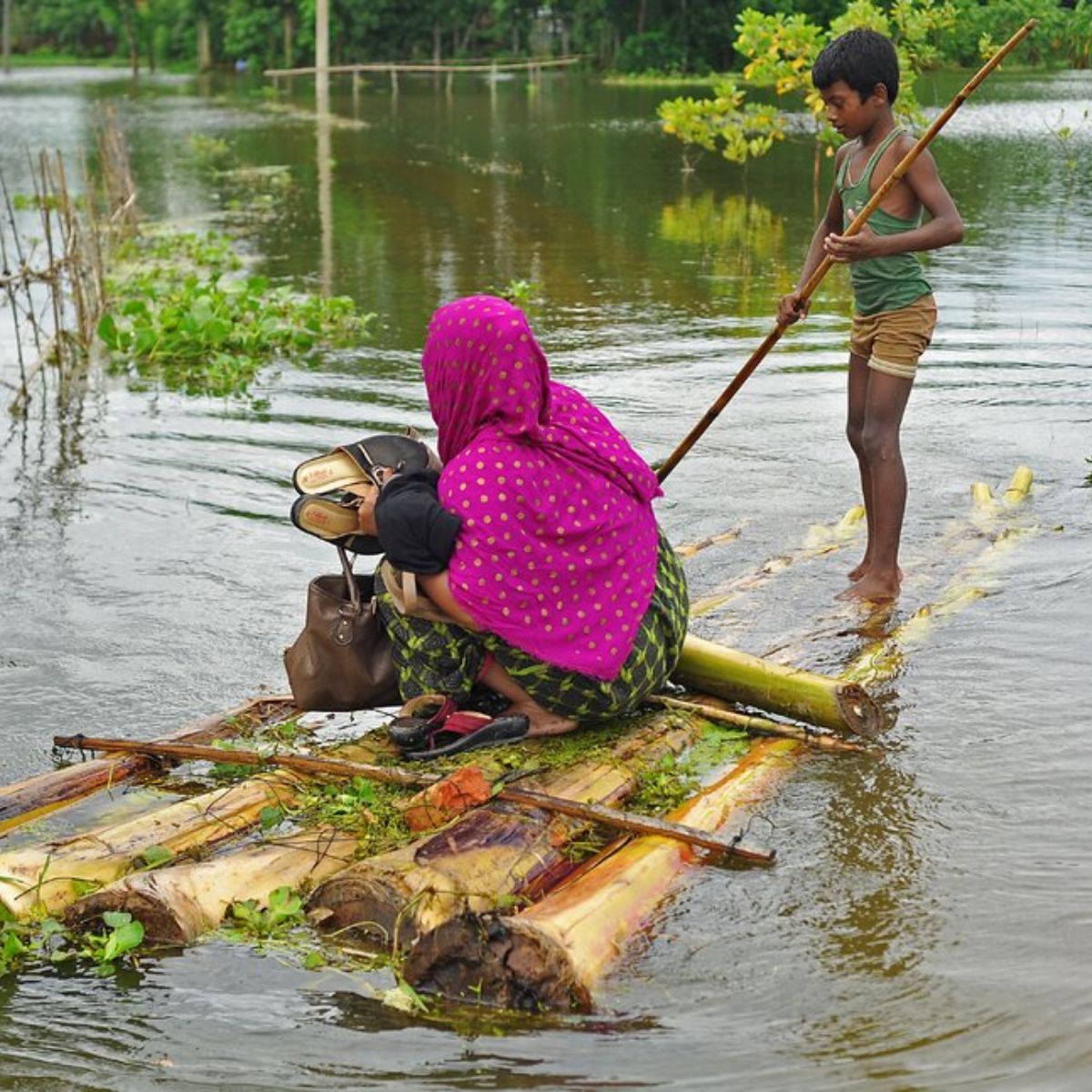Updated 22 November 2023
How are you, Bangladesh?
Population-dense and a fast-growing economy; a country recognized for being both vulnerable to and victorious against the onslaughts of climate change.
Firstly, 2.1 percent of the world’s population lives either cramped or sparse in this riverine country with criss-crossing drainage systems.
Secondly, this country is prone to climate risks like rainfall variability, increasing temperatures, sea-level rise, seasonal droughts, and severe floods.
Lastly, people exposed to extreme river floods in Bangladesh are expected to grow by 6–12 million by the 2040s. Furthermore, the number of people facing coastal inundation could grow by 2–7 million by the 2070s.
Analysis of Climate Change in Bangladesh
The Global Climate Risk Index, 2021 ranks Bangladesh among the top 10 most affected countries regarding long-term climate risks from 2000 to 2019.
Recurrent floods affect millions of people every year. Fatalities of nearly 30,000 were caused by the cyclone in 1970 along with a loss and damage of US $2.5 billion. Climate risks can cause an additional US $3 billion loss or 1-2% loss in GDP on top of its baseline losses to climate hazards.
High population density, urbanization, and industrialization drive the country’s increase in carbon emissions. Globally, Bangladesh contributes only 0.24% of CO2 emissions (kt) and 0.5 metric tons of per capita emissions. The agriculture, energy, power, and transport sectors primarily produce its carbon emissions.
The country commits to fulfilling the NDC objectives of reducing carbon emissions. Its Mujib Climate Prosperity Plan, a world-first, aims to enhance resilience and economic growth by using climate change actions as its catalyst.




